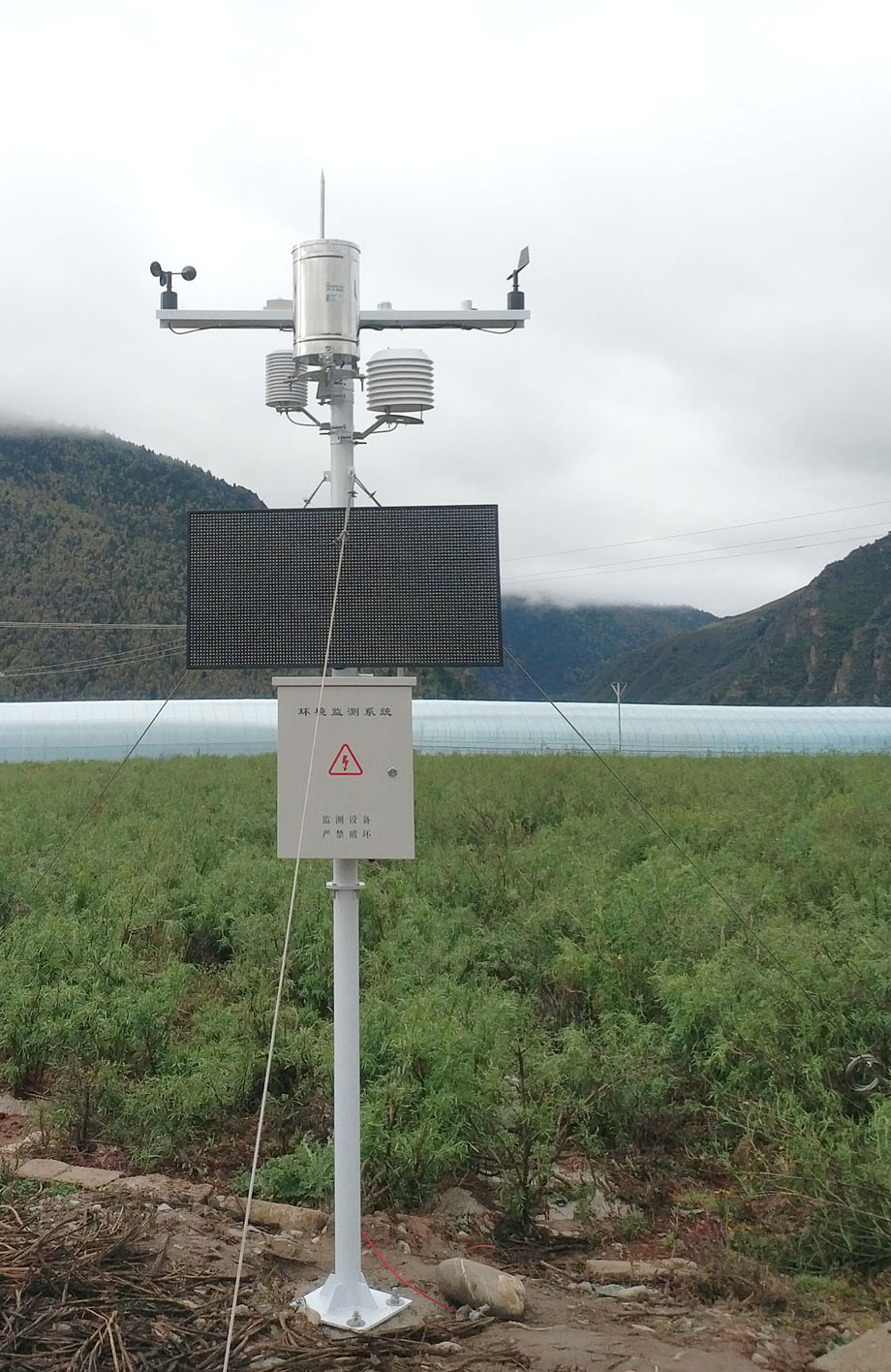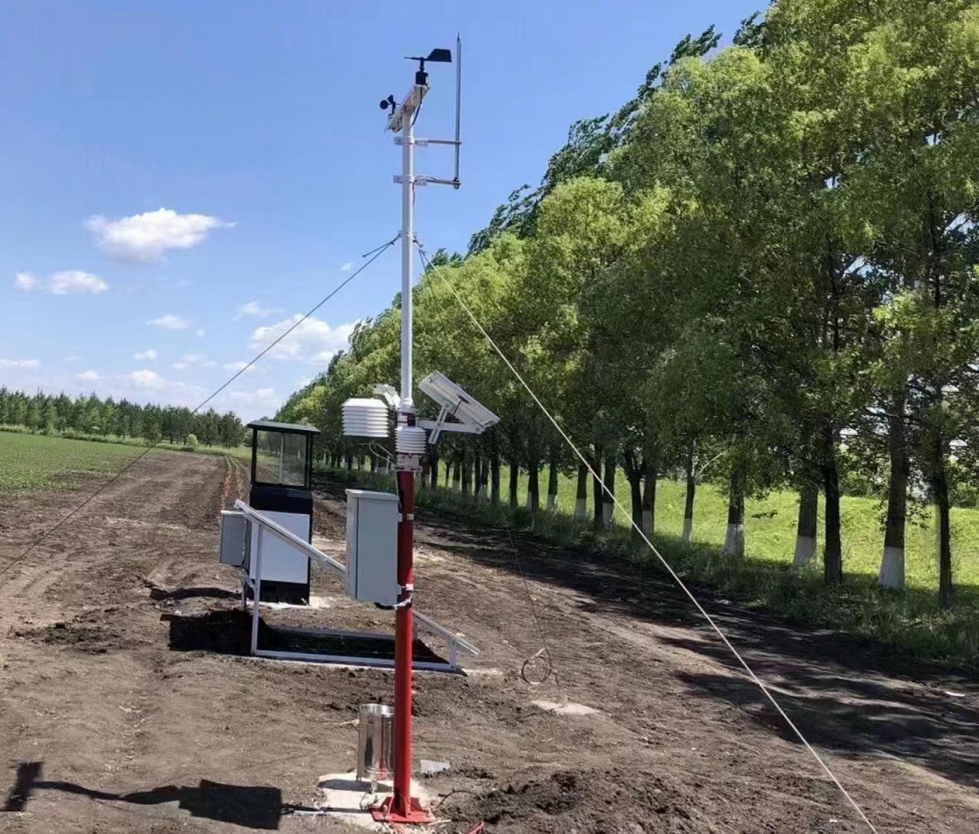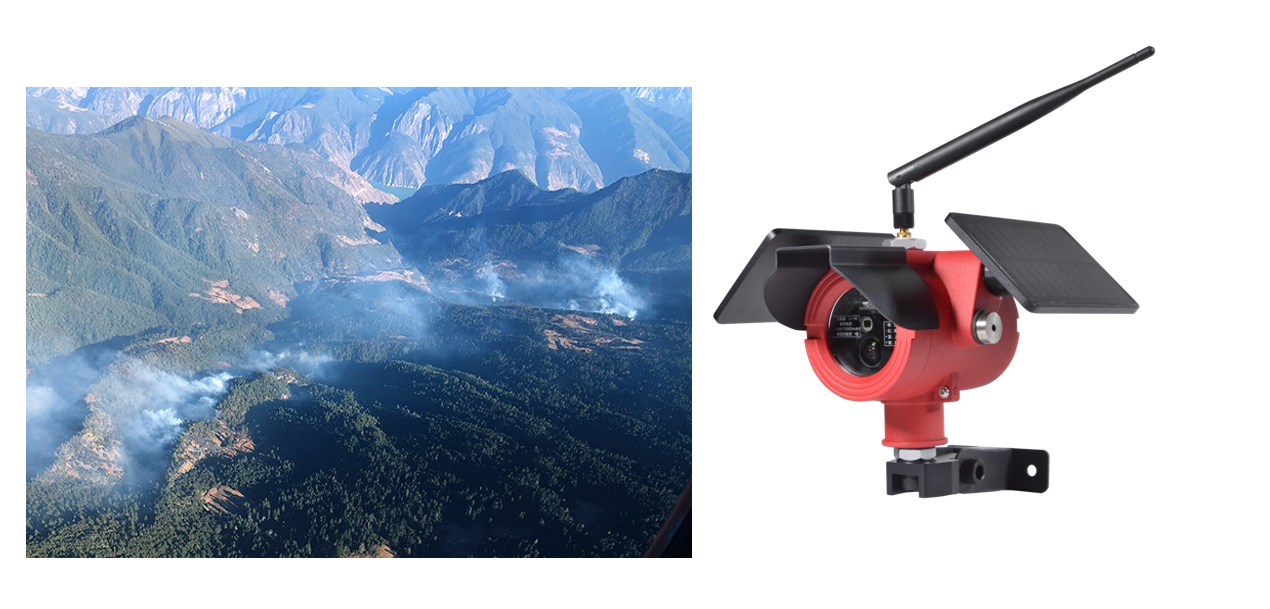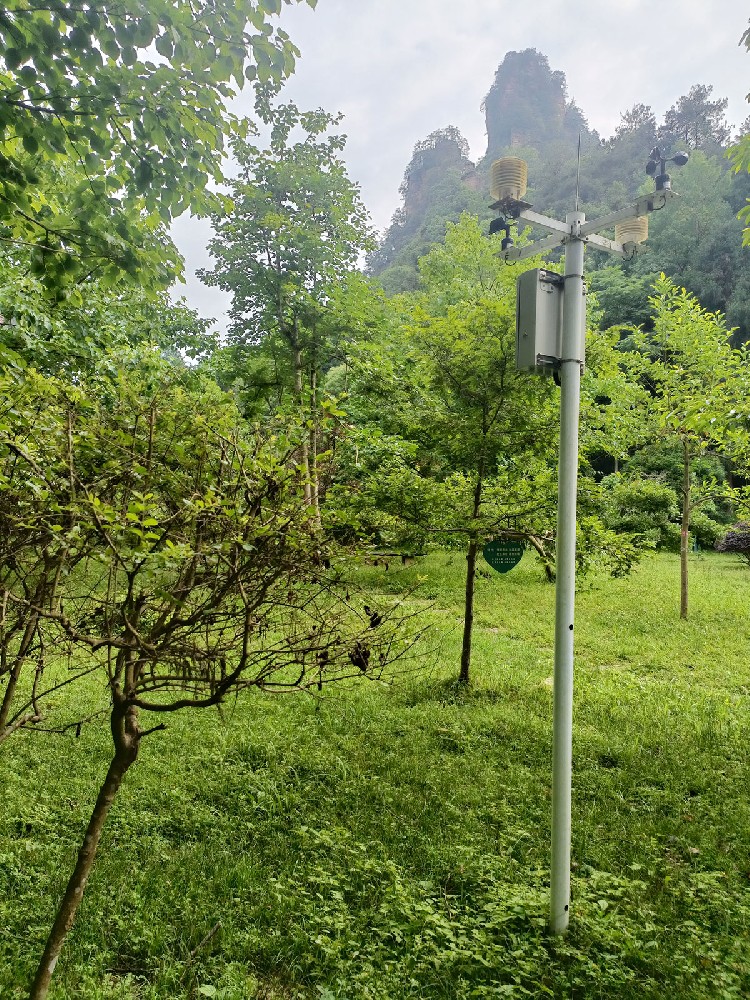

— Blogs —
—Products—
 Consumer hotline +8618073152920
Consumer hotline +8618073152920 WhatsApp:+8615367865107
Address:Room 102, District D, Houhu Industrial Park, Yuelu District, Changsha City, Hunan Province, China
Product knowledge
Time:2025-03-27 21:22:50 Popularity:86
Agricultural Meteorological Stations and Forestry Automatic Monitoring Stations: Core Drivers of Smart Agriculture and Forestry
As global agriculture and forestry move toward precision and intelligence, agricultural meteorological stations and forestry automatic monitoring stations have become indispensable technological tools. These devices, equipped with high-precision sensors, real-time data transmission, and intelligent analysis technologies, provide comprehensive environmental monitoring support for farmland and forest areas. They help farmers and forest managers optimize production decisions, effectively respond to natural disasters, and promote sustainable development. This article explores the functions, components, practical applications, and future trends of these devices.

An agricultural meteorological station is a monitoring system designed specifically for farmland environments. It can capture key meteorological elements in real-time, such as temperature, humidity, wind speed, rainfall, and light intensity. These data provide scientific basis for crop planting and management, helping farmers improve yield and reduce risks.
The forestry automatic monitoring station, on the other hand, is more widely applied in both agriculture and forestry, emphasizing automation and intelligence. In addition to basic monitoring functions, it uses modern communication technologies (such as IoT and cloud computing) to achieve remote data transmission and management, making it especially suitable for decision-making scenarios requiring high efficiency.
Although there is some overlap in their functions, agricultural meteorological stations focus more on the precise management of farmland, while forestry automatic monitoring stations extend to forest ecological monitoring, providing support for a broader range of applications.

Agricultural meteorological stations and forestry automatic monitoring stations offer a variety of practical and useful functions. Below are their core features:
Equipped with high-precision sensors, these stations can monitor multiple environmental parameters 24/7:
- Air parameters: temperature, humidity, wind speed, wind direction.
- Precipitation and Light: rainfall, light intensity.
- Soil conditions: soil temperature, humidity, pH value.
This multi-dimensional monitoring capability allows users to fully understand the real-time status of farmland or forest areas, providing reliable data for crop growth and forest management.
With built-in data loggers, the sensor data is automatically recorded and stored. Whether for short-term monitoring or long-term data accumulation, users can easily retrieve historical records for trend analysis or scientific research.

Using wireless communication technologies (such as 4G/5G, IoT), monitoring data is uploaded to cloud platforms in real-time. Users can access it anytime and anywhere via smartphones or computers, breaking geographical limitations for dynamic management.
Accompanying analysis software processes raw data and generates visual charts, trend forecasts, and disaster alerts. For example, if a sudden temperature drop is expected to cause frost, the system will automatically notify users to take protective measures. This intelligent functionality optimizes key activities such as irrigation, fertilization, and pest control.
When monitoring parameters exceed preset thresholds (e.g., excessive rainfall leading to flooding), the device will send alerts through SMS or application notifications. This early warning mechanism significantly reduces the risk of natural disasters to agricultural and forestry production.
These stations typically consist of the following components, each playing a crucial role in the system:
- Sensors: Responsible for sensing environmental changes, such as temperature, humidity, wind speed, etc. High-precision sensors ensure the reliability of the data and are the core of the equipment.
- Data Logger: Converts sensor signals into digital data, processes it, and stores it.
- Communication Module: Supports wireless transmission, allowing real-time data to be uploaded to the cloud for remote access.
- Power Supply System: Typically equipped with solar panels or batteries to ensure stable operation even in remote areas.
- Peripheral Devices: Such as protective covers and supports, ensuring the durability of the equipment in harsh weather conditions.
The working principle is simple and efficient: the sensors capture environmental changes and generate signals, which are processed by the data logger and then uploaded to the cloud through the communication module. Finally, the data is analyzed and presented to the user via software. This seamless integration ensures the efficient use of data.

The applications of agricultural meteorological stations and forestry automatic monitoring stations are diverse, and they have profound significance for improving productivity, reducing risks, and driving innovation:
Real-time data allows farmers to adjust management strategies precisely according to crop needs. For example, light and soil moisture data can guide the best irrigation times, while wind speed information can optimize pesticide spraying. This precision management significantly improves crop yield and forestry resource utilization.
Extreme weather conditions (such as droughts, floods, and frosts) pose a significant threat to agricultural and forestry production. The early warning function of these meteorological stations provides valuable time for users to take protective measures, such as covering crops, clearing drainage systems, or adjusting harvest schedules, thereby minimizing losses.
Long-term meteorological data provides valuable resources for researchers. For example, analyzing the impact of rainfall and temperature changes on tree growth helps develop crop varieties more adapted to climate change. These outcomes promote the sustainable development of agriculture and forestry.
Smart agriculture is becoming a global trend. Agricultural automatic meteorological monitoring stations, combined with technologies such as drones and automated irrigation systems, create intelligent ecological networks. Forestry meteorological stations, through cloud-based data sharing, support regional management and policy formulation.
Agricultural meteorological stations and forestry automatic meteorological monitoring stations are bridges between technology and nature. With their real-time monitoring, intelligent analysis, and remote management features, they provide strong support for agriculture and forestry. From increasing production efficiency to reducing disaster losses and promoting research innovation, these devices demonstrate multi-dimensional value. In the context of global climate change and food security challenges, their role is becoming more critical. As technology continues to evolve, these stations will further contribute to more efficient and sustainable agricultural and forestry production, helping to achieve green development goals.
Prev:Agricultural Meteorological Stations: Functions and Importance
Next:Photovoltaic Meteorological Station: The Intelligent Core of Green Energy
Related recommendations
Sensors & Weather Stations Catalog
Agriculture Sensors and Weather Stations Catalog-NiuBoL.pdf
Weather Stations Catalog-NiuBoL.pdf
Related products
 Combined air temperature and relative humidity sensor
Combined air temperature and relative humidity sensor Soil Moisture Temperature sensor for irrigation
Soil Moisture Temperature sensor for irrigation Soil pH sensor RS485 soil Testing instrument soil ph meter for agriculture
Soil pH sensor RS485 soil Testing instrument soil ph meter for agriculture Wind Speed sensor Output Modbus/RS485/Analog/0-5V/4-20mA
Wind Speed sensor Output Modbus/RS485/Analog/0-5V/4-20mA Tipping bucket rain gauge for weather monitoring auto rainfall sensor RS485/Outdoor/stainless steel
Tipping bucket rain gauge for weather monitoring auto rainfall sensor RS485/Outdoor/stainless steel Pyranometer Solar Radiation Sensor 4-20mA/RS485
Pyranometer Solar Radiation Sensor 4-20mA/RS485
Screenshot, WhatsApp to identify the QR code
WhatsApp number:+8615367865107
(Click on WhatsApp to copy and add friends)